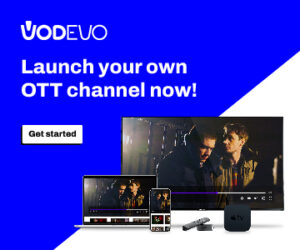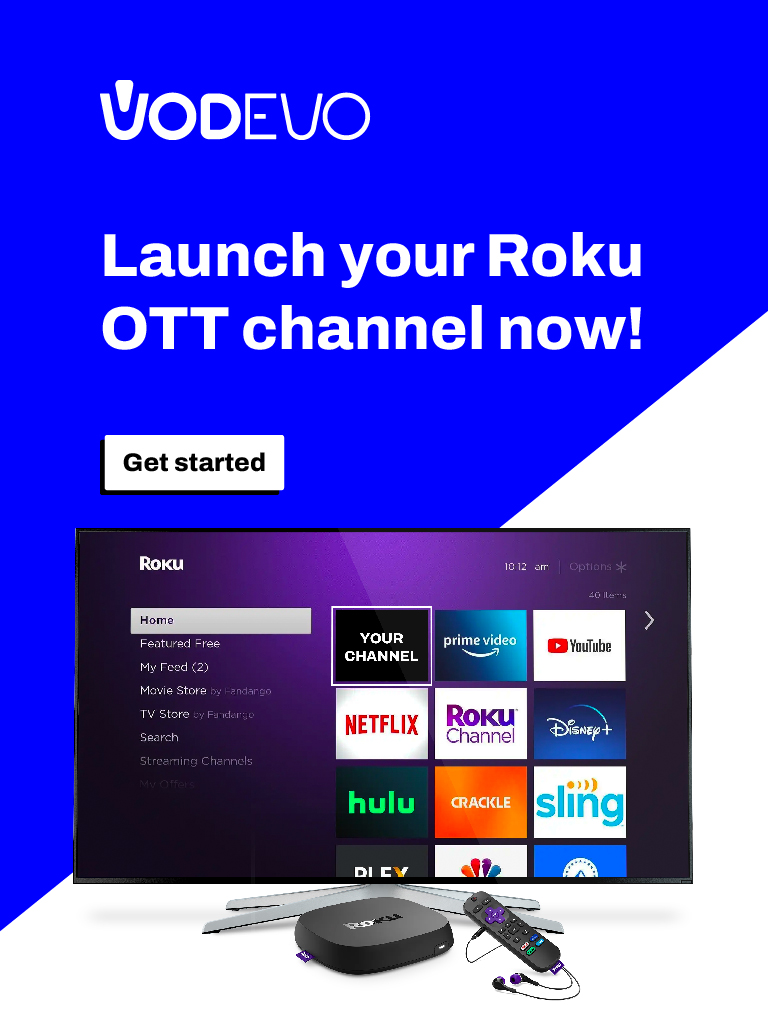People have an aversion to paying for entertainment videos, it’s a fact! The prevailing sentiment is a desire for content to be freely accessible.
With many viewers considering entertainment a fundamental right that should not incur charges. Interestingly, this stands in contrast to industries like bottled water, which thrive on profitable ventures.
In 2015, Netflix generated an impressive $6.78 billion in annual revenue
Consider this: In 2015, Netflix generated an impressive $6.78 billion in annual revenue by streaming approximately 10 billion hours each month. On the flip side, YouTube, with its model of streaming 4 billion free videos daily, is estimated to rake in annual revenues ranging between $6 and $9 billion.
It’s noteworthy that the revenue models employed by YouTube and Netflix differ significantly. Netflix operates on a subscription-based model, requiring users to pay for access, while YouTube relies on hosting ads alongside its free content.
Surprisingly, despite these diverse approaches, there is minimal distinction in the demographics of the audiences subscribing to both services.
One of the most significant missteps made by streaming businesses today is waiting until content creation and acquisition are complete before looking at the strategies employed by market leaders and adopting similar approaches for revenue generation.
Imagine if YouTube suddenly started charging for each video view or if Netflix eliminated its subscription fee. Would YouTube still be the go-to platform, and could Netflix maintain its position as a market leader while providing fresh, captivating content without a subscription fee?
Video streaming business: what is the key of success?
The keys to a successful video streaming business lie deep within its revenue model and content strategy.
Revenue model, in simple terms, is the method by which a business generates income. The success of your streaming business’s revenue model is intricately tied to the type of content it offers. Selecting the right OTT business revenue strategy also hinges on a keen understanding of your audience’s preferences.
When chosen thoughtfully, the revenue model becomes a powerful tool that can shape the success or failure of your video streaming business. Making the right choice can either establish or undermine the foundation of your streaming business.
Subscription Video on Demand (SVOD)
The prevalent revenue model embraced by numerous online video streaming businesses is Subscription Video on Demand (SVOD). Platforms like Netflix or Hulu Plus exemplify this model, where users commit to a fixed subscription fee on a monthly basis, granting them unlimited access to a diverse range of video content available on the platform.
Once users have subscribed, they enjoy the flexibility of streaming their preferred content at their convenience, anytime and from anywhere. This includes the ability to pause, play, fast forward, rewind, stop, and even record programming.
Subscriptions can vary in duration, ranging from monthly and quarterly to half-yearly and yearly commitments. Typically, subscriptions are auto-renewable, and users retain the freedom to cancel at any time, providing them with an easy opt-in and opt-out option.
Renewals occur at the same fee, allowing viewers uninterrupted access to content until the next subscription cycle. SVOD operates on a flat fee structure, and platforms usually cannot set different pricing for distinct content pieces. However, SVOD can be seamlessly integrated with pay-per-view or ad models, offering additional avenues for monetization.
Subscription models prove effective for platforms boasting a wide array of entertainment video content, such as Pay TV programming, movies, drama series, and other engaging series, fostering long-term viewer engagement tied to a subscription fee.
Three categories of video on demand
Video on demand ads are commonly classified into three main categories: Pre-Roll, Mid-Roll, and Post-Roll ads.
- Pre-Roll: These ads play at the beginning of a video.
- Mid-Roll: These ads are inserted in the middle of a video.
- Post-Roll: These ads play at the end of a video.
The skippability of these ads varies, with some being skippable and others non-skippable, depending on the choices made by the advertiser and the ad network. Typically, VOD ads are shorter in duration and may be perceived as less premium compared to their counterparts on television.
However, with the rise in popularity of Smart TVs and the consumption of VOD content on such platforms, advertisers are increasingly willing to allocate larger budgets, especially if the ad is targeted toward a Smart TV as opposed to a laptop or mobile phone.
Experiencing a substantial 30% year-on-year growth, the future promises a significant presence for VOD ads. AdoTube, Videology, Brightroll, and Google Adsense are some of the ad services that can alleviate concerns about managing an in-house ad sales team.








